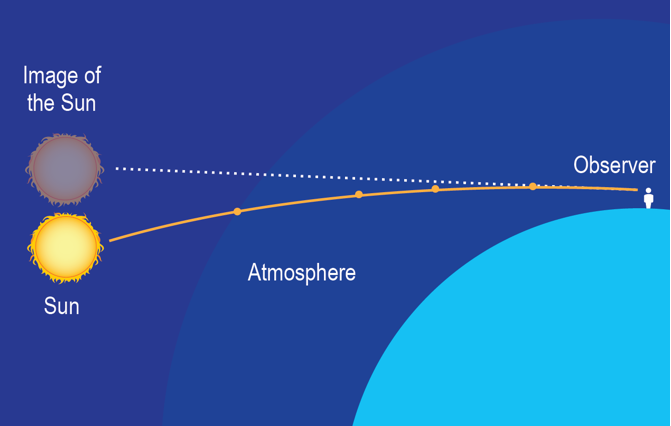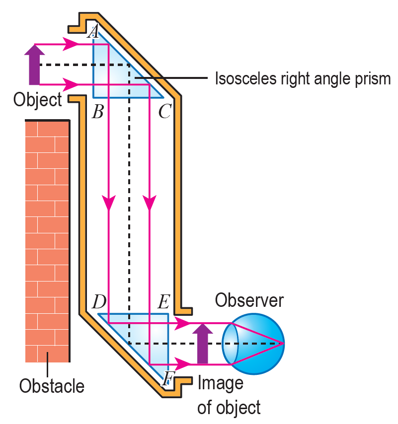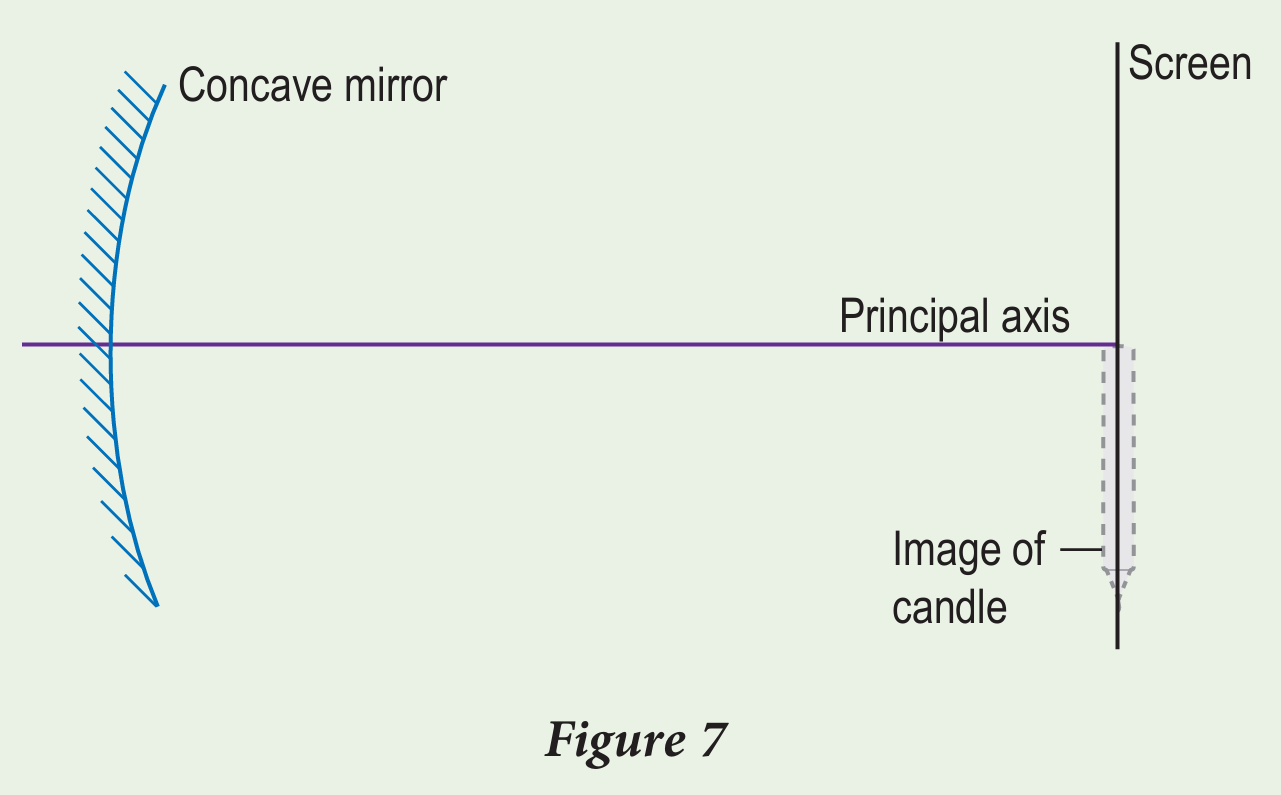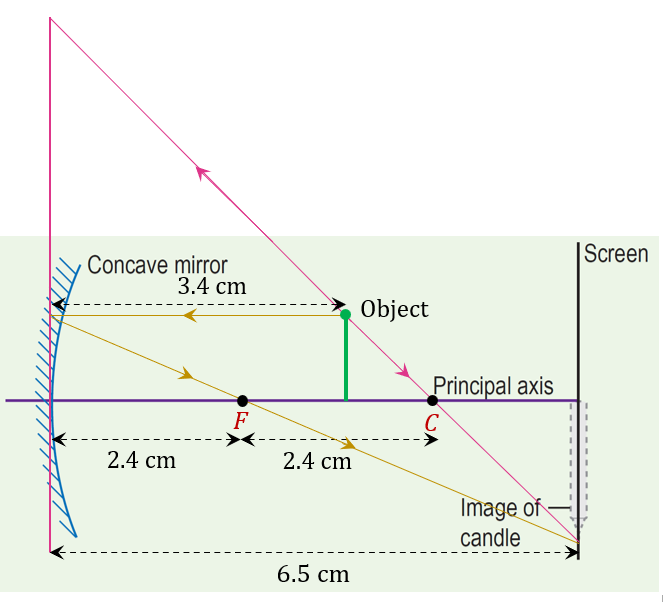Question 7:
A sailor in the navy is looking at the situation on the surface of the sea through a submarine periscope. He found that the Sun is setting. The captain of the submarine told the sailor that the Sun had in fact already set.
(a) Is the statement of the captain of the submarine true? Explain your answer.
(b) Explain the formation of image in a prism periscope for object with obstruction in front with the help of suitable ray diagrams.
Answer:
(a)
The captain’s statement is true. The light ray that enters the atmosphere is refracted by the layers of air having different optical densities.
Therefore, a virtual image of the Sun is formed above the actual position of the Sun.

(b)

The light rays from the object travel towards the side AB of the upper prism along the normal to AB through an opening in the periscope.
The light ray reaches the side AC without refraction. The angle of incidence is 45o and is larger than the critical angle of the prism, 42o.
Therefore, total internal reflection happens at the side AC and the light is reflected downwards.
The reflected light ray travels towards the side DE of the lower prism along the normal to DE. Once again, the light ray experiences total internal reflection at the side DF.
In the end, the light ray emerges from side EF without refraction and enter the eye of the observer. The final image formed is upright and equal in size to the object.
A sailor in the navy is looking at the situation on the surface of the sea through a submarine periscope. He found that the Sun is setting. The captain of the submarine told the sailor that the Sun had in fact already set.
(a) Is the statement of the captain of the submarine true? Explain your answer.
(b) Explain the formation of image in a prism periscope for object with obstruction in front with the help of suitable ray diagrams.
Answer:
(a)
The captain’s statement is true. The light ray that enters the atmosphere is refracted by the layers of air having different optical densities.
Therefore, a virtual image of the Sun is formed above the actual position of the Sun.

(b)

The light rays from the object travel towards the side AB of the upper prism along the normal to AB through an opening in the periscope.
The light ray reaches the side AC without refraction. The angle of incidence is 45o and is larger than the critical angle of the prism, 42o.
Therefore, total internal reflection happens at the side AC and the light is reflected downwards.
The reflected light ray travels towards the side DE of the lower prism along the normal to DE. Once again, the light ray experiences total internal reflection at the side DF.
In the end, the light ray emerges from side EF without refraction and enter the eye of the observer. The final image formed is upright and equal in size to the object.
Question 8:
A lighted candle is placed in front of a concave mirror with a focal length of 2.4 cm. A white screen is moved behind the candle to catch a sharp image as shown in Figure 7.

(a) On Figure 7,
(i) mark the focal point of the mirror with F and centre of curvature with C.
(ii) draw a complete ray diagram to determine the position of the object.
(b) How can the magnifi cation of the image be increased?
Answer:
(a)(i)(ii)

(b) Move the object closer to the focal point of the mirror with the condition that u is larger than f.
A lighted candle is placed in front of a concave mirror with a focal length of 2.4 cm. A white screen is moved behind the candle to catch a sharp image as shown in Figure 7.

(a) On Figure 7,
(i) mark the focal point of the mirror with F and centre of curvature with C.
(ii) draw a complete ray diagram to determine the position of the object.
(b) How can the magnifi cation of the image be increased?
Answer:
(a)(i)(ii)

(b) Move the object closer to the focal point of the mirror with the condition that u is larger than f.
